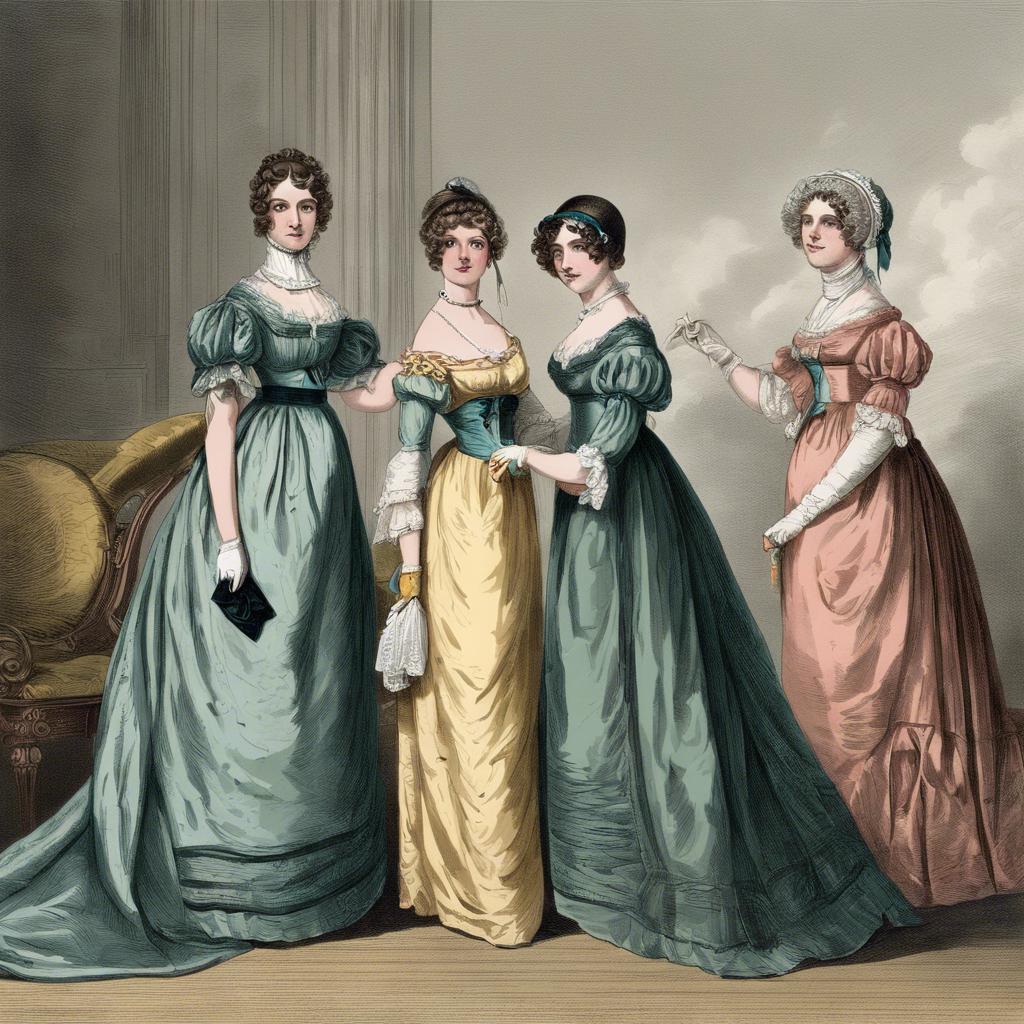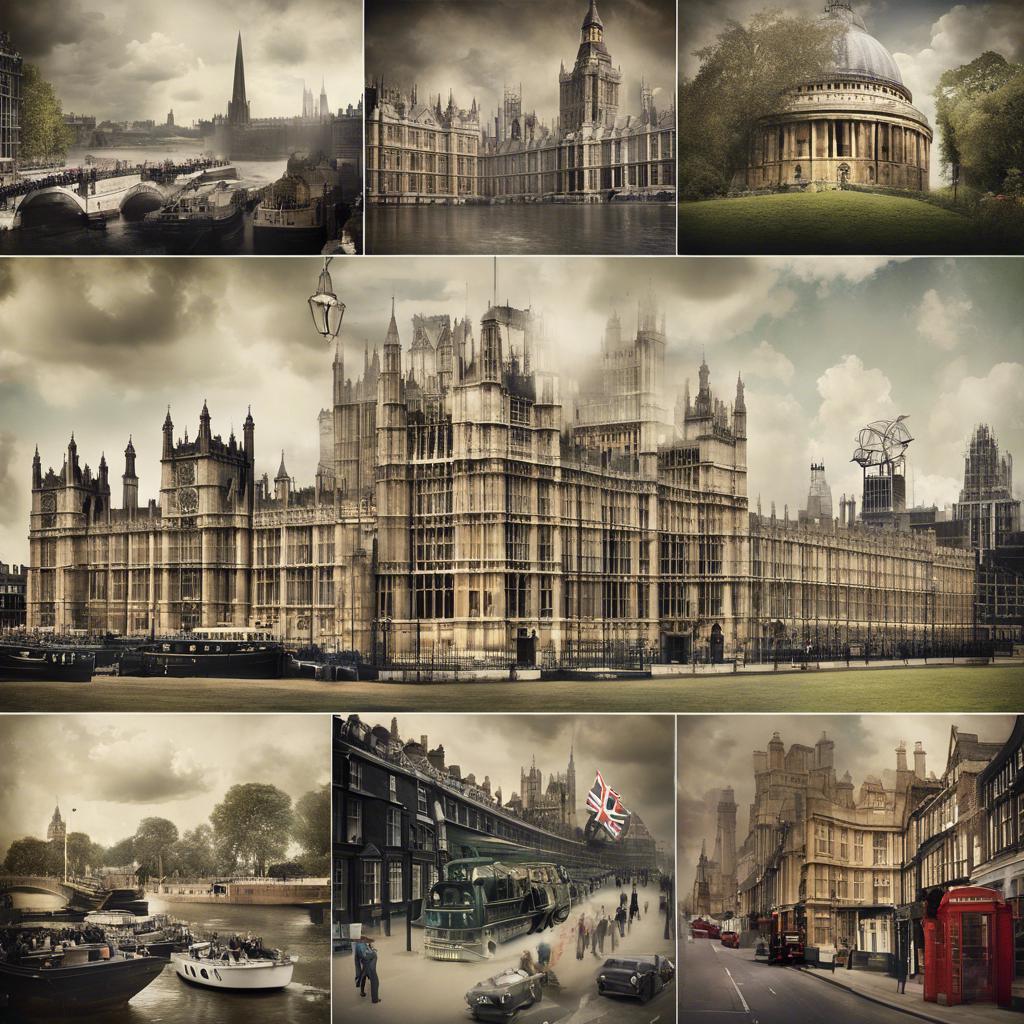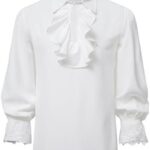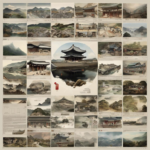During the early decades of the 19th century, Great Britain underwent a period of profound political and social change known as the Regency era. This era, marked by the reign of King George IV as Prince Regent, saw a shift in cultural norms, architectural styles, and political ideologies. In this article, we will explore the key events, figures, and trends that defined Regency era Britain and shaped the country’s future.
Step Into the World of Cheryl Bolen
Dive into the enchanting stories of love, intrigue, and elegance set in the Regency Era. Cheryl Bolen's novels offer timeless romance and captivating tales that will leave you wanting more.
Explore Cheryl Bolen's Books Now
Elegant Fashion Trends of Regency Era Britain
In the early 19th century, Regency Era Britain was a time of elegance and refinement in fashion trends. Women’s clothing was characterized by high empire waistlines, flowing fabrics, and delicate embroidery. Silhouettes were slim and graceful, emphasizing a natural, feminine shape. Pastel colors such as soft pinks, blues, and greens were popular, often accented with delicate floral patterns.
Key Fashion Trends of Regency Era Britain:
- Empire waistlines: A defining feature of women’s fashion during this period, the regency era empire waist dress”>empire waistline sits just below the bust, creating a flattering and elongated silhouette.
- Sheer fabrics: Lightweight and airy fabrics like muslin and silk were favored for their ethereal quality, often layered for a romantic and delicate look.
- Regency accessories: Accessories such as gloves, shawls, and bonnets were essential to completing the Regency look. Gloves were a sign of refinement, while shawls added warmth and elegance to an outfit.
Popular Fabrics of Regency Era Britain:
| Fabric Type | Description |
|---|---|
| Muslin | Light, airy cotton |
| Silk | Luxurious, smooth texture |
| Chiffon | Delicate and sheer |
Regency Era fashion in Britain was a celebration of femininity and grace, with a focus on simplicity and elegance. This period in history continues to influence modern fashion trends, with designers drawing inspiration from the delicate and refined styles of the early 19th century.
The Influence of Literature on Regency Society
The literature of the Regency era in Britain had a profound influence on the society of the time, shaping the beliefs, values, and behaviors of its people. Novels, poems, and plays provided a window into the social norms, class distinctions, and moral dilemmas of the period.
Authors such as Jane Austen, Sir Walter Scott, and Lord Byron captured the essence of Regency society in their works, highlighting the struggles of women in a patriarchal system, the opulence of the upper class, and the political unrest of the time. These literary works not only entertained readers but also sparked discussions and reflections on the issues of the day.
From the romantic escapades in Austen’s ”Pride and Prejudice” to the political intrigue in Scott’s “Waverley,” literature served as a mirror reflecting the complexities of Regency society. It provided a platform for voices to be heard, for opinions to be shared, and for change to be advocated. The impact of literature on the culture and norms of the time cannot be overstated, as it helped to shape the attitudes and beliefs of the people who lived during this fascinating period in British history.
Politics and Power: The Role of Women in Regency Britain
In Regency Era Britain, women played a crucial but often overlooked role in politics and power dynamics. While their formal involvement in government and decision-making was limited, women of this period exerted significant influence behind the scenes through their social connections and strategic alliances.
Key points:
- Women in Regency Britain often hosted salons and gatherings where political discussions took place, allowing them to shape opinions and influence important figures.
- Some women, such as the Duchess of Devonshire, actively campaigned for political candidates and causes, using their wealth and influence to sway public opinion.
- Despite facing social restrictions and limited legal rights, women in Regency Britain found creative ways to wield power and make their voices heard in a male-dominated society.
the role of women in Regency Britain was complex and multifaceted, challenging traditional notions of gender and power. From hosting political salons to participating in philanthropic endeavors, women of this period navigated a delicate balance between social expectations and political ambition, leaving a lasting impact on the era’s political landscape.
Top Cultural Attractions to Experience Regency Era Britain Today
The Regency Era in Britain was a time of elegance, refinement, and cultural vibrancy. To fully immerse yourself in this fascinating period of history, here are some top cultural attractions you must experience today:
-
Jane Austen’s House Museum: Step back in time and visit the former home of the beloved author Jane Austen. Explore the quaint cottage where Austen wrote some of her most famous novels, such as “Pride and Prejudice” and “Sense and Sensibility”. Admire the period furnishings and personal belongings that offer a glimpse into Austen’s life and the Regency era.
-
Royal Pavilion in Brighton: Marvel at the extravagant Royal Pavilion in Brighton, a seaside retreat built for the Prince Regent, later King George IV. This opulent palace combines Oriental and Regency architectural styles, creating a unique and lavish setting. Wander through the beautifully decorated rooms and lush gardens to experience the lavish lifestyle of the Regency elite.
-
Bath Assembly Rooms: Visit the historic Bath Assembly Rooms, where high society gathered for social events, dances, and concerts during the Regency era. Admire the stunning Georgian architecture of this elegant venue, which hosted many notable figures of the time. Imagine yourself attending a grand ball or an exquisite concert as you soak in the atmosphere of Regency-era Britain.
Immerse yourself in the rich cultural heritage of Regency-era Britain by exploring these top attractions that offer a glimpse into the elegance, refinement, and sophistication of the period. From literary landmarks to opulent palaces, these sites provide a window into a bygone era that continues to captivate visitors today. Experience the charm and allure of the Regency era by stepping into these historical sites and discovering the beauty of this fascinating period in British history.
Closing Remarks
the Regency Era in Britain was a transformative period characterized by rapid social, political, and cultural change. The era, marked by the reign of King George IV and the regency of his son, the future King William IV, saw the rise of Romanticism, the Industrial Revolution, and the birth of modern parliamentary democracy. Despite its challenges, the Regency Era left a lasting impact on the history and culture of Britain, shaping the nation into the world power it would become in the 19th century. As we reflect on this pivotal moment in British history, it is crucial to remember the complexities and contradictions of the era, and to appreciate the enduring legacy it has left behind.


